American Revolution Podcast
We look at the founding era of the United States, beginning with the French and Indian War, and moving through the era chronologically.

6.2M
Downloads
14
Episodes
A chronological history of the Revolutionary War era. We begin our journey with an overview of the French and Indian War, also known as the Seven Years War in Europe. Episodes continue with coverage of the tax protests. Shortly after King George III takes the throne, Parliament begins imposing taxes on the colonies, including the stamp tax, the Townshend Acts, and the Tea Act of 1774. Under call of ”taxation without representation, the colonists fight back. Various pre-war conflicts include the Boston Massacre and the Boston Tea party, led by men such as John Hancock and Samuel Adams. They also submit numerous petitions to London. The British government responds with increasingly militant efforts to suppress the protests, eventually leading the imposition of the Coercive Acts or Intolerable Acts, which attempt to remove many of the colonies’ traditional powers of self-government. The Americans respond by establishing the First Continental Congress in Philadelphia in 1774. This is a meeting of colonial delegates to discuss responses to Parliament’s actions. The Congress submits a petition to the King with an agreement to meet the following spring to discuss trade boycotts if a compromise is not reached. Before the Second Continental Congress can meet, British General Thomas Gage, who is also Governor of Massachusetts, send British Regulars to capture militia cannons suspected to be in Concord. Along the way, British soldiers fire on Minutemen and other militia at Lexington Greene. Having been warned by Paul Revere, the minutemen had turned out with their muskets. The British continue to Concord, but find little. Colonists fire on soldiers at the old North Bridge, resulting a running battle all the way back to Boston. The Siege of Boston begins as colonists surround the city. The British capture Bunker Hill, but can do little else. American patriots across the country begin to act against British officials. Americans take casualties, including General Joseph Warren, but the British take far more. A group of Green Mountain Boys under Ethan Allen and Benedict Arnold capture Fort Ticonderoga in New York. By the time the Second Continental Congress meets in May 1775, a full on rebellion has begun. The Continental Congress forms the Continental Army and places George Washington in command. Washington is able to break the siege in 1776 by having Henry Knox bring a train of cannons from Fort Ticonderoga to place on Dorchester Heights. The new British commander, General William Howe, is forced to evacuate Boston and retreat to Halifax in Nova Scotia. The Americans, having expelled British forces from most of their territory draft and sign the Declaration of Independence, making July 4 the date of American independence. Months later, General Howe and his brother Admiral Richard Howe, invade New York, capturing Long Island and Manhattan. The Continental army retreats and almost collapses. By late December 1776, the British have captured most of New Jersey. In desperation, on Christmas night 1776 Washington crosses the Delaware River with his army to attack an outpost of Hessians at Trenton. The victory forces the British to send a larger army to attack, but Washington eludes them and attacks Princeton. Over ten crucial days, the Americans recapture New Jersey and give hope to the patriots. The following year, 1777, known as the year of the hangman, the British launch an attack from Quebec into New York, taking Ticonderoga. General John Burgoyne hopes to link up with the British in New York City. However, Benedict Arnold, defying General Horatio Gates, manages, to block the army forcing the surrender at Saratoga. General Howe, sails his army to the Chesapeake, landing at Head of Elk Maryland. He moves north in what becomes known as the Philadelphia Campaign, defeating the Americans at the Battle of Brandywine, then occupying Philadelphia. The Americans fail to expel the British at the Battle of Germantown, then retreat to Valley Forge for the winter. Over the winter of 177-78. Congress considers removing General Washington in what becomes known as the Conway Cabal. The Marquis de Lafayette helps to ensure Washington remains in command. General Frederick von Steuben takes over as the army’s Adjutant General and trains the Americans in professional battlefield tactics, even writing a drill manual for the Continental Army. The following spring, after Washington relieves General Charles Lee, the Americans fight the British to a draw at the Battle of Monmouth. Following the news of the American victory at Saratoga, and thanks to diplomatic efforts by Silas Deane and Benjamin Franklin, the Comte de Vergennes convinces King Louis XVI of France to sign a treaty of alliance with the US. This forces Britain to declare war on France. In 1778 the Lord Germain recalled General Howe, leaving General Sir Henry Clinton in command of forces in North America. Clinton obeys orders to withdraw from Philadelphia back to New York. He is forced to redeploy much of the British army to the West Indies and other parts of the Empire to fight the French. Britain sends the Carlisle Peace Commission to negotiate and end to the war, but the Americans will accept nothing less than independence. The Revolution becomes a World War. In 1779 the British capture Savannah, Georgia as part of a southern strategy, invading from British East Florida. The Americans wipe out Native American villages in upstate New York as part of the Sullivan Campaign. John Paul Jones threatens Britain directly with costal raids, and the naval battle between the Bonhomme Richard and the Serapis. Spain joins France in a treaty and goes to war with Britain. The Spanish primarily want to recover Gibraltar. Other European powers form the League of Armed Neutrality. In 1780, Sir Henry Clinton leads an armada to capture Charleston, South Carolina. Continental General Benjamin Lincoln surrenders an army of 5000. Clinton leaves General Charles Cornwallis in command of the southern strategy. Lord Cornwallis secures South Carolina and attempts to move the war into North Carolina. The Continental Congress ends General Gates to lead a southern army to oppose Cornwallis. However Gates is defeated at the battle of Camden. Only local leaders such as Francis Marion, the Swamp Fox, and Charles Sumter, the Gamecock, keep a fight that disputes control of the colony. Washington then sends General Nathanael Greene to take command in the south. The Battles of King’s Mountain, Cowpens, and Guilford Courthouse, with smaller skirmishes, reduce Cornwallis’ army, which must eventually retreat into Virginia. The British ministry becomes more desperate. Prime Minister Lord North attempts to resign repeatedly, but the King will not accept his resignation. Britain declares war on the Netherlands and continues its fight. The Continentals have their own crises. The Pennsylvania and New Jersey lines mutiny. Benedict Arnold commits treason, joining the British with an attempt to give them West Point. In the end though, Washington’s Continentals with the French army under General Rochambeau force Lord Cornwallis to surrender his army at Yorktown. The British begin serious negotiations for peace. The peace process takes more than a year, finally ending with the Treaty of Versailles in 1783. The Continental Army disbands, forming the first veterans group: the Society of Cincinnati. Washington returns to Mount Vernon. Northern states end slavery but the southern states do not. A weak government continues under the Articles of Confederation. However, Shays’ Rebellion and other matters convince American leaders they need a stronger government. Delegates meet in Philadelphia in 1787 at the Constitutional Convention. Delegates included Benjamin Franklin, James Madison, and Alexander Hamilton. George Washington serves as the Convention’s president. Thomas Jefferson and John Adams are in Europe working as diplomats. Debate on ratification is fierce, proponents write the Federalist papers in support. Opponents demand a Bill of Rights, which proponents agree to add as Amendments once ratified. The Constitution is adopted, and the first US Congress meets in New York in 1789. Washington is sworn is as president. He must suppress the Whiskey Rebellion and other challenges while building the first government. A compromise agrees that the government will assume all state war debts and that it will move to a new capital in Washington, DC. T The government moves temporarily to Philadelphia, but does not have Washington, DC ready until near the end of John Adams’ administration. The French revolution begins, dividing Americans. Washington remains neutral as his friend Lafayette helps to replace the King of France. John Adams replaces Washington as President in 1797, with Jefferson as his Vice President. Following the XYZ Affair, the US almost goes to war with France in the Quasi War. Following passage of the Alien and Sedition Acts, Adams loses reelection and Jefferson becomes President. The US makes the Louisiana Purchase. Jefferson sends Lewis and Clark to explore the territory. James Madison succeeds Jefferson. Americans fight the Battle of Tippecanoe against Native tribes. They also fight the War of 1812, ending with Andrew Jackson’s victory in the Battle of New Orleans in 1815.
We look at the founding era of the United States, beginning with the French and Indian War, and moving through the era chronologically.
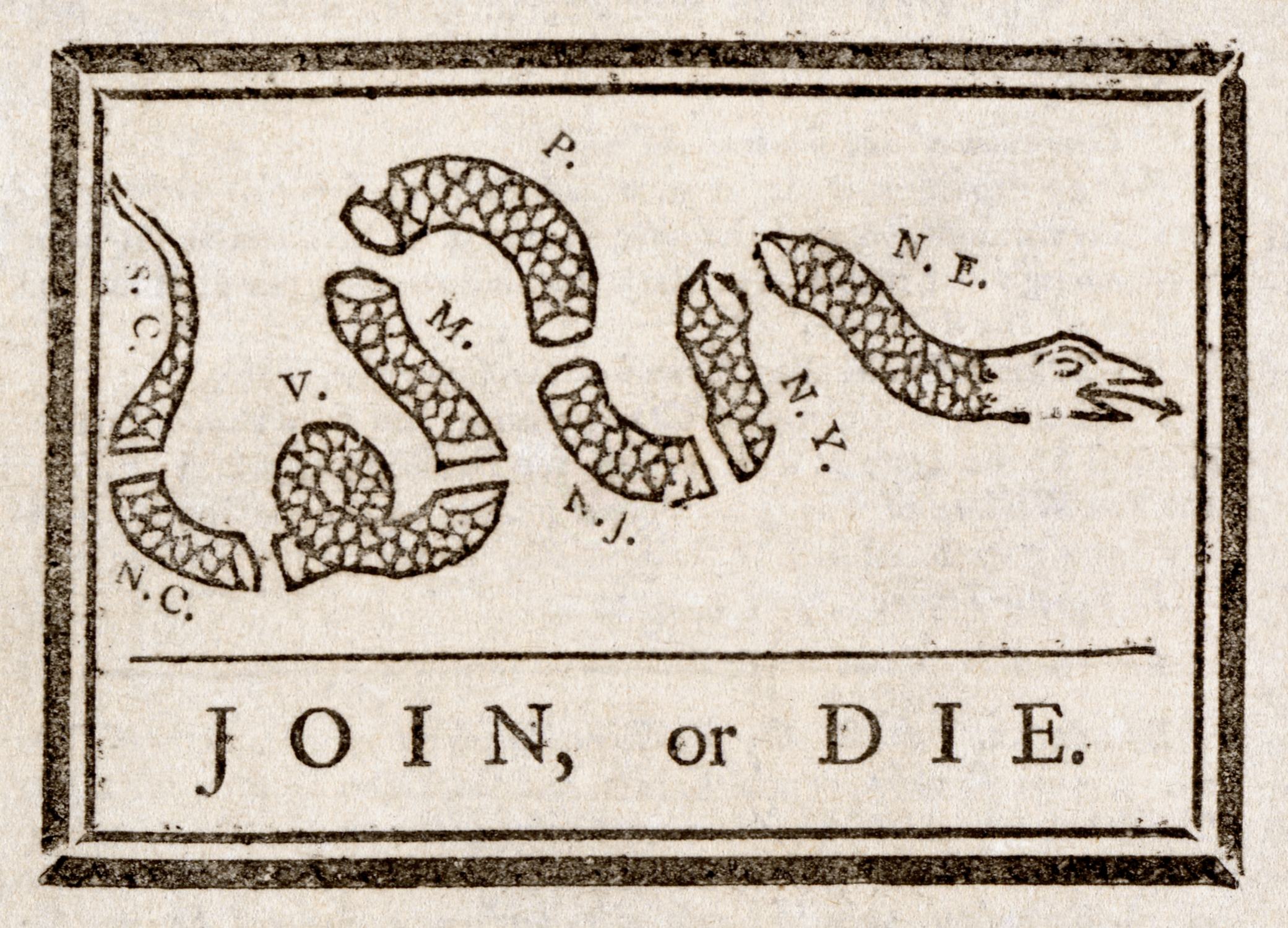
Sunday Jul 16, 2017
Sunday Jul 16, 2017
Sunday Jul 16, 2017
Today I begin the American Revolution Podcast.
For more text, pictures, maps, and sources, please visit my site at AmrevPodcast.blogspot.com.
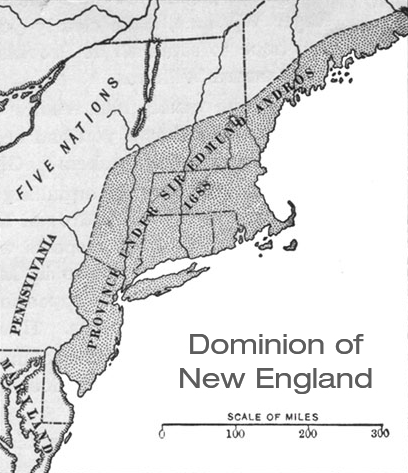
Sunday Jul 23, 2017
Sunday Jul 23, 2017
Sunday Jul 23, 2017
Background on the American Colonies. For more text, pictures, maps, and sources, please visit my site at AmRevPodcast.Blogspot.com.
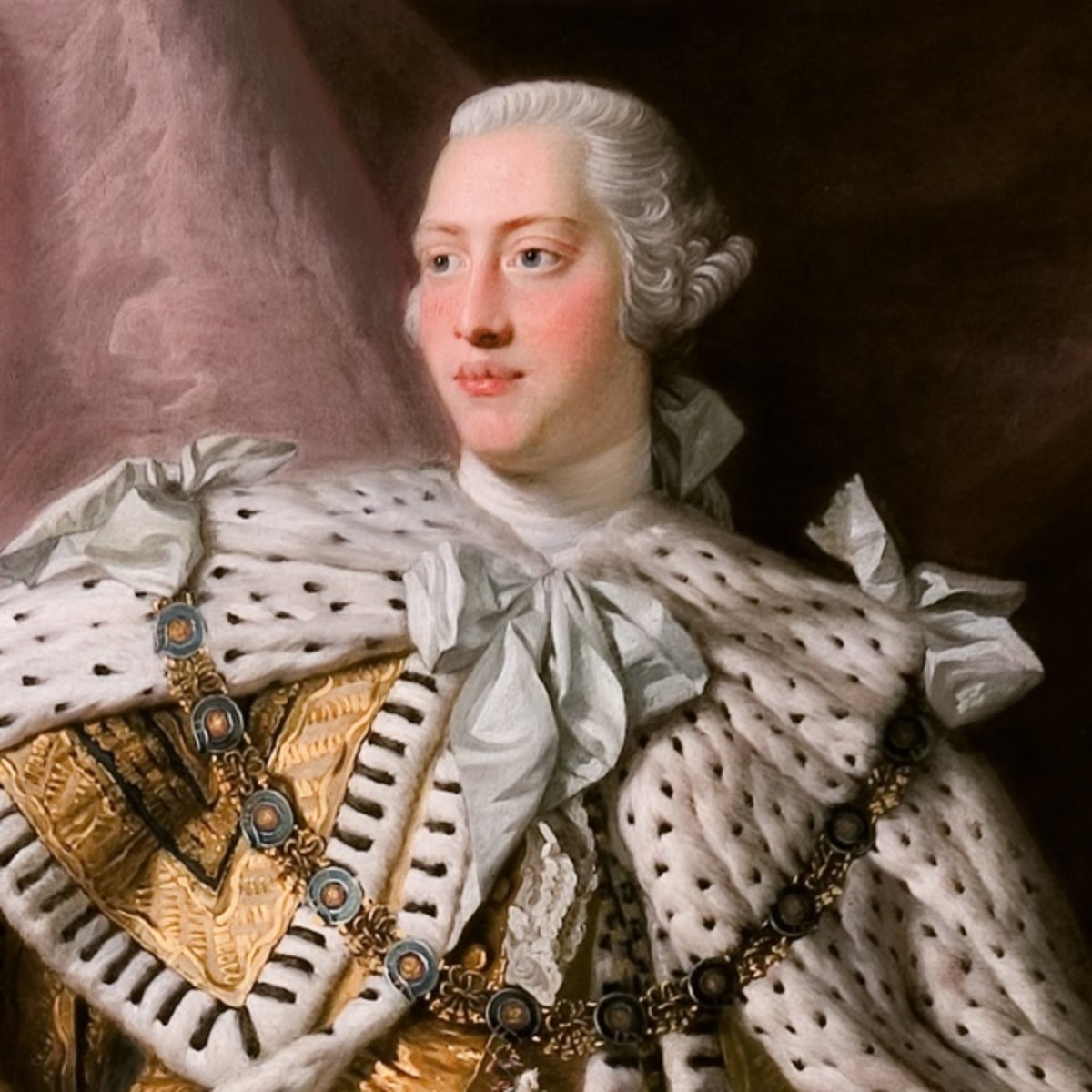
Sunday Jul 30, 2017
Sunday Jul 30, 2017
Sunday Jul 30, 2017
Background on the American Colonies. For more text, pictures, maps, and sources, please visit my site at AmRevPodcast.Blogspot.com.
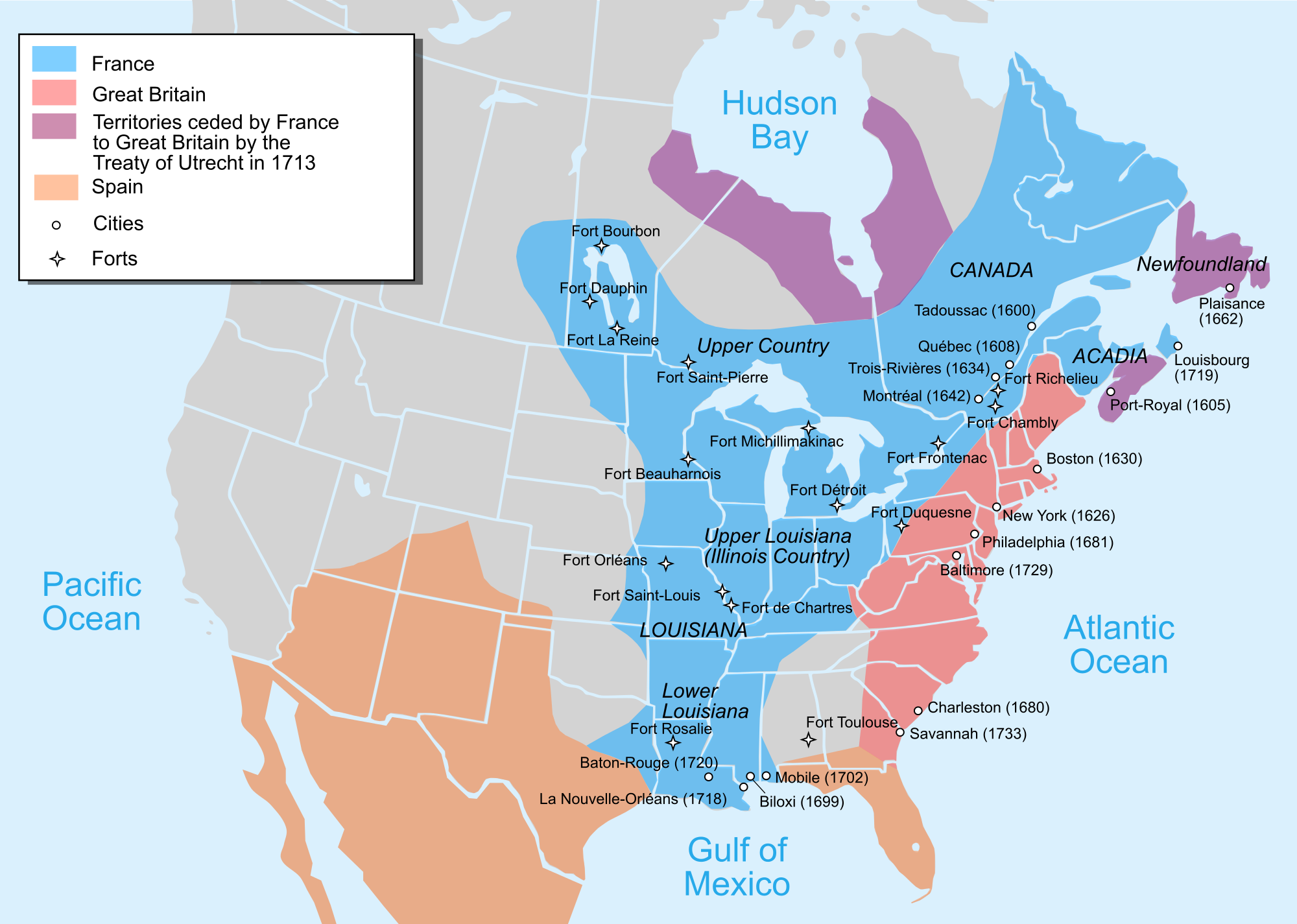
Sunday Aug 06, 2017
Sunday Aug 06, 2017
Sunday Aug 06, 2017
Britain and France had spent the prior century in almost continuous fighthing. In American, Native tribes attempted to play off the two European powers against one another, while engaging in their own power struggles with neighboring tribes. Today's episode looks at the power dynamics in play before the outbreak of the French and Indian War.
For more text, pictures, maps, and sources, please visit my site at AmRevPodcast.Blogspot.com.
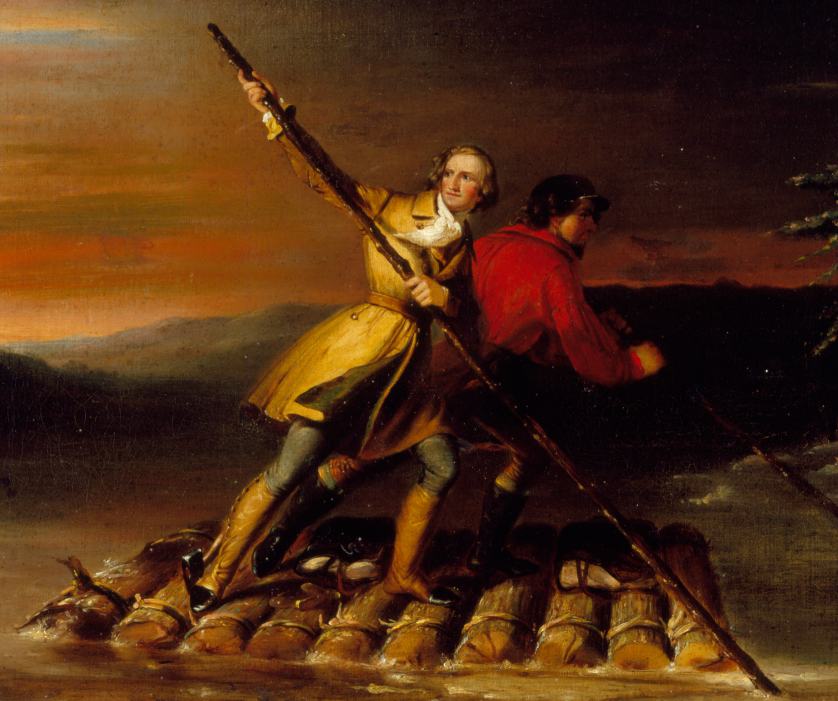
Sunday Aug 13, 2017
Sunday Aug 13, 2017
Sunday Aug 13, 2017
Virginia sends a young man named George Washington into the Ohio Valley to challenge the French. There, he starts a world war.
For more text, pictures, maps, and sources, please visit my site at AmRevPodcast.Blogspot.com.
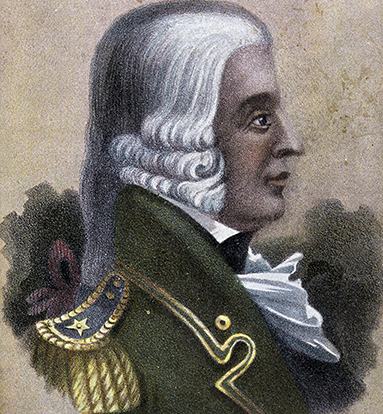
Sunday Aug 20, 2017
Sunday Aug 20, 2017
Sunday Aug 20, 2017
Britain sends Gen. Braddock to America to recapture the Ohio Valley in 1755. He meets the French and Indians at the Battle of the Monongahela.
For more text, pictures, maps, and sources, please visit my site at AmRevPodcast.Blogspot.com.
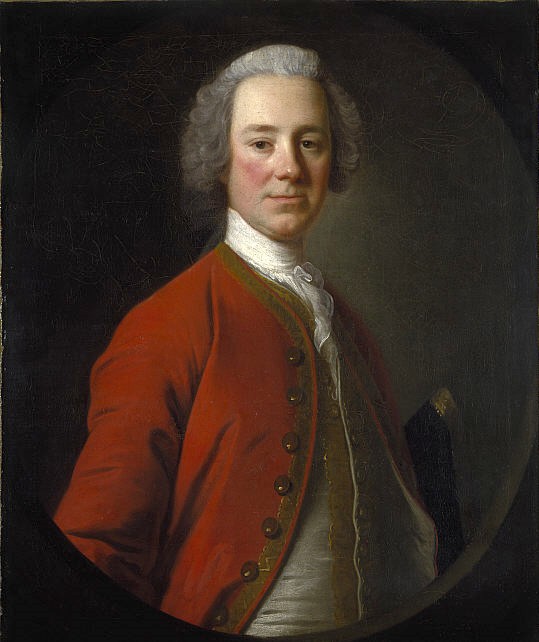
Sunday Aug 27, 2017
Sunday Aug 27, 2017
Sunday Aug 27, 2017
The British expel the French inhabitants, of Acadia. The French and British fight over Lake George. Britain gets a new Prime Minister, the Duke of New Castle. Lord Loudoun arrives in America as the new British miltiary commander.
For more text, pictures, maps, and sources, please visit my site at AmRevPodcast.Blogspot.com.
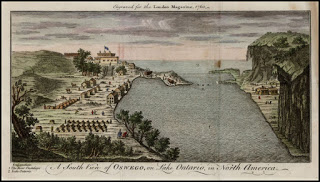
Sunday Sep 03, 2017
Sunday Sep 03, 2017
Sunday Sep 03, 2017
The French go on the offensive, capturing Forts Ontario and Oswego. The British retreat, ceding much of upper New York to the French and their Indian allies. Various tribes also move aggressively to push British colonists out of the Ohio Valley.
For more text, pictures, maps, and sources, please visit my site at AmRevPodcast.Blogspot.com.
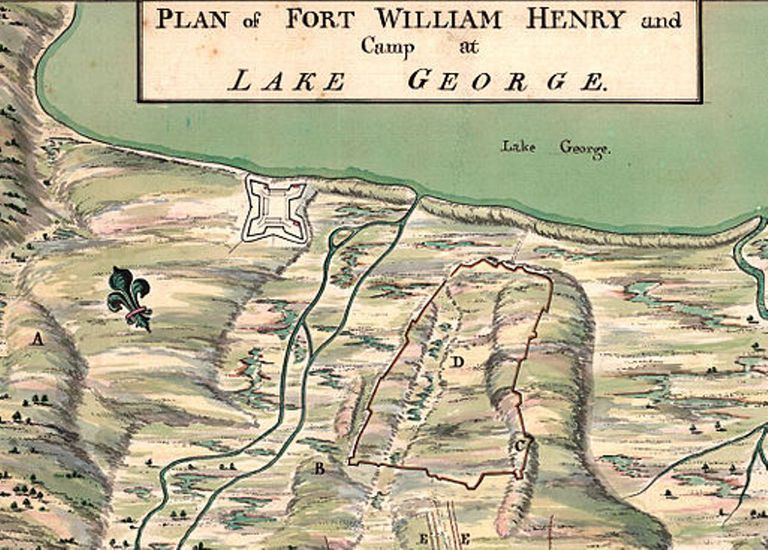
Sunday Sep 10, 2017
Sunday Sep 10, 2017
Sunday Sep 10, 2017
The French offensive continues in 1757 as Gen. Montcalm takes Fort William Henry. France's Indian allies massacre part of the British and colonial garrison. In London, the King gives William Pitt a chance to turn around the war with new strategies.
For more text, pictures, maps, and sources, please visit my site at AmRevPodcast.Blogspot.com.
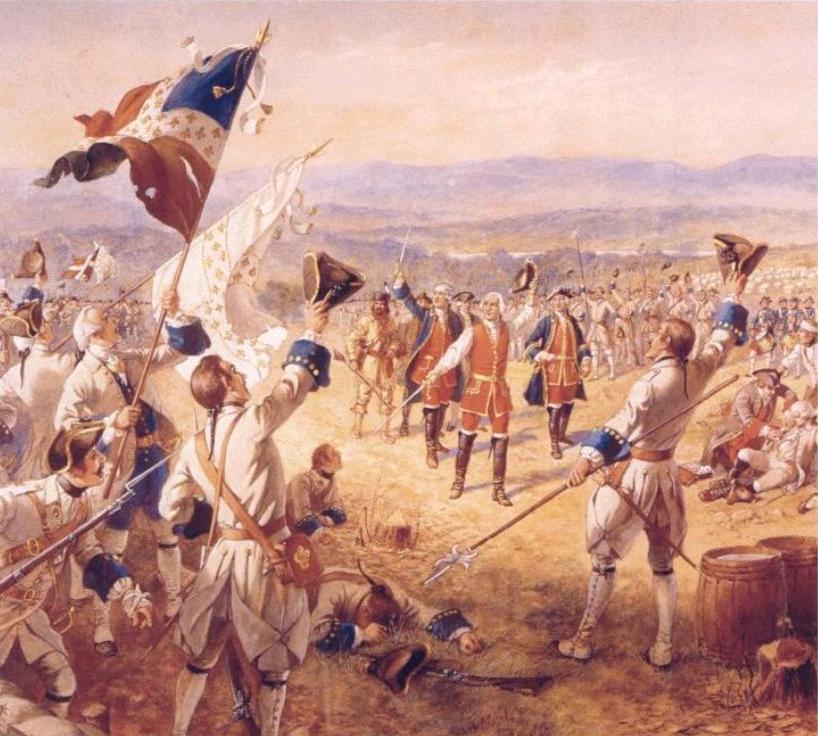
Sunday Sep 17, 2017
Sunday Sep 17, 2017
Sunday Sep 17, 2017
After continuing defeats, Britain changes leaders. It also adopts a new strategy for encouraging British colonial support for the war in North America. Gen. Abercromby's army assaults Fort Carillon at Ticonderoga.
For more text, pictures, maps, and sources, please visit my site at AmRevPodcast.Blogspot.com.
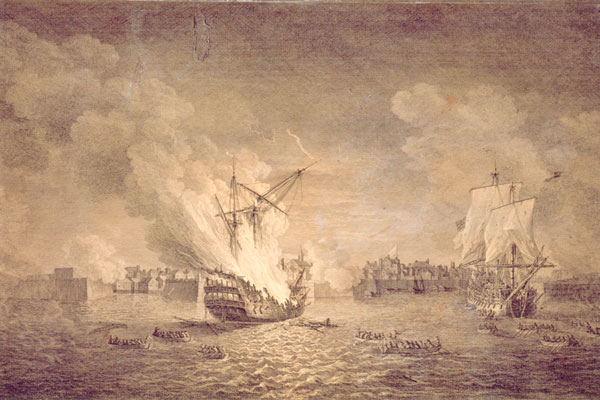
Sunday Sep 24, 2017
Sunday Sep 24, 2017
Sunday Sep 24, 2017
Gen. Amherst captures Louisbourg in Britain's first major victory of the French and Indian War. The British follow up with a successful raid on Fort Frontenac. In Pennsylvania, the British sign the Treaty of Eastong. This ends most of the military opposition of Indians in the Ohio Valley.
For more text, pictures, maps, and sources, please visit my site at AmRevPodcast.Blogspot.com.
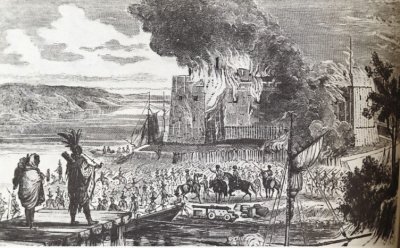
Sunday Oct 01, 2017
Sunday Oct 01, 2017
Sunday Oct 01, 2017
After convincing most Indians to abandon the French in the Ohio Valley, the British take Fort Duquesne at the end of 1758. Gen. Amherst takes command of British forces for the 1759 fighting season, capturing Forts Niagara and Carillion as well. Fort Duquesne becomes Fort Pitt. Fort Carillion becomes Fort Ticonderoga.
For more text, pictures, maps, and sources, please visit my site at AmRevPodcast.Blogspot.com.
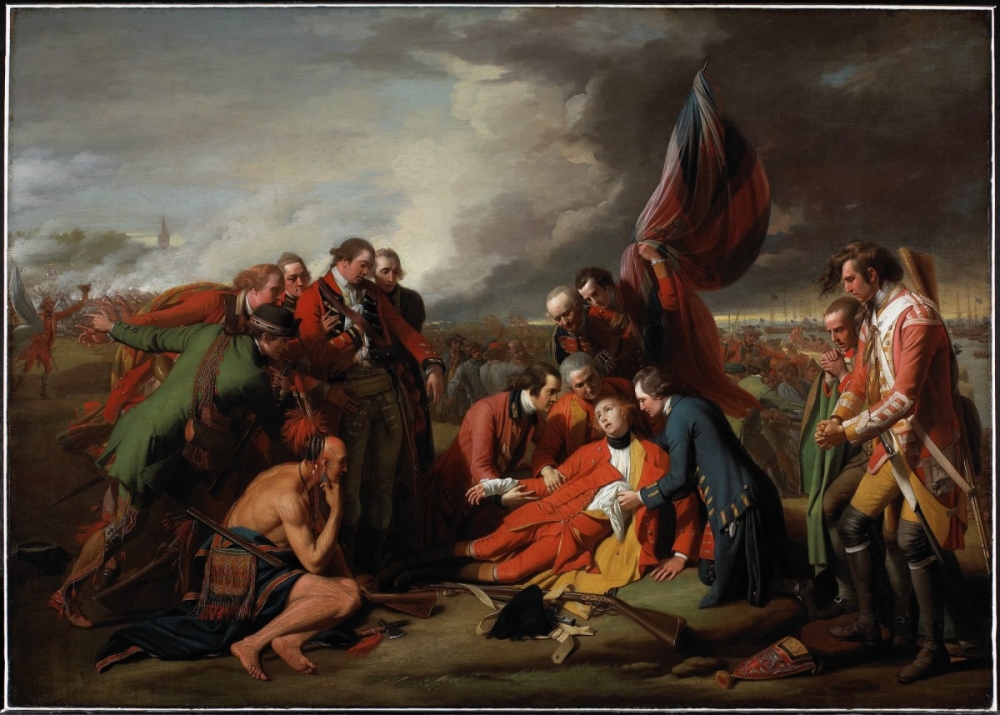
Sunday Oct 08, 2017
Sunday Oct 08, 2017
Sunday Oct 08, 2017
British Gen. Wolfe defeats French Gen. Montcalm on the Plains of Abraham in 1759. The British capture the key city of Quebec.
For more text, pictures, maps, and sources, please visit my site at AmRevPodcast.Blogspot.com.

Wednesday Aug 07, 2024
Wednesday Aug 07, 2024
Wednesday Aug 07, 2024
I moved my podcast host from Podbean to Megaphone. If you are enjoying this podcast, please continue somewhere else, like Player.fm, Pandora, Tunein, Spotify, Amazon Music, or Audible
For commercial-free, subscribe on intohistory.com or Patreon.com
Questions? Email me at mtroy.history@gmail.com